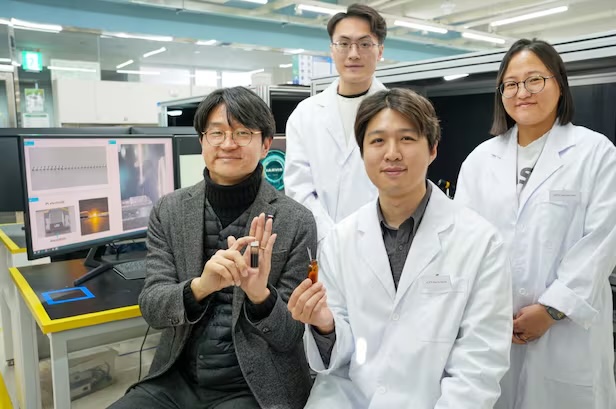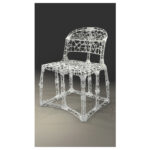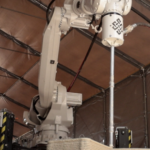Korean researchers have developed a new method to create high-resolution 3D printed microstructures using MXene, a two-dimensional nanomaterial. The team at the Korea Electrotechnology Research Institute achieved a printing resolution of 1.3 micrometers, which is 270 times higher than existing techniques. The development addresses previous challenges in utilizing MXene for 3D printing applications.

MXene consists of alternating layers of metal and carbon, offering high electrical conductivity and electromagnetic shielding properties. Traditional methods required binding agents to use MXene in 3D printing, while managing ink viscosity posed significant technical challenges. High concentrations would clog printer nozzles, while low concentrations limited structural capabilities.
The research team, led by principal researcher Seol Seung-gwon, implemented a technique utilizing the meniscus effect to overcome these limitations. This method allows for printing with low-viscosity ink by dispersing MXene in water without additional binding agents. The process relies on the material’s natural hydrophilic properties.
The printing mechanism works through a combination of physical processes. As the ink exits the printer nozzle, the water rapidly evaporates from the meniscus surface while van der Waals forces bond the nanomaterials together. This continuous process creates electrically conductive 3D microstructures without requiring additional processing steps.
“We put a lot of effort into optimizing the concentration conditions of the MXene ink and precisely analyzing various parameters that could arise during the printing process,” said Seol Seung-gwon. “Our technology is the world’s first achievement that allows for the creation of high-strength, high-precision 3D microstructures utilizing the advantages of MXene without separate additives or post-processing steps.”
Source: biz.chosun.com









